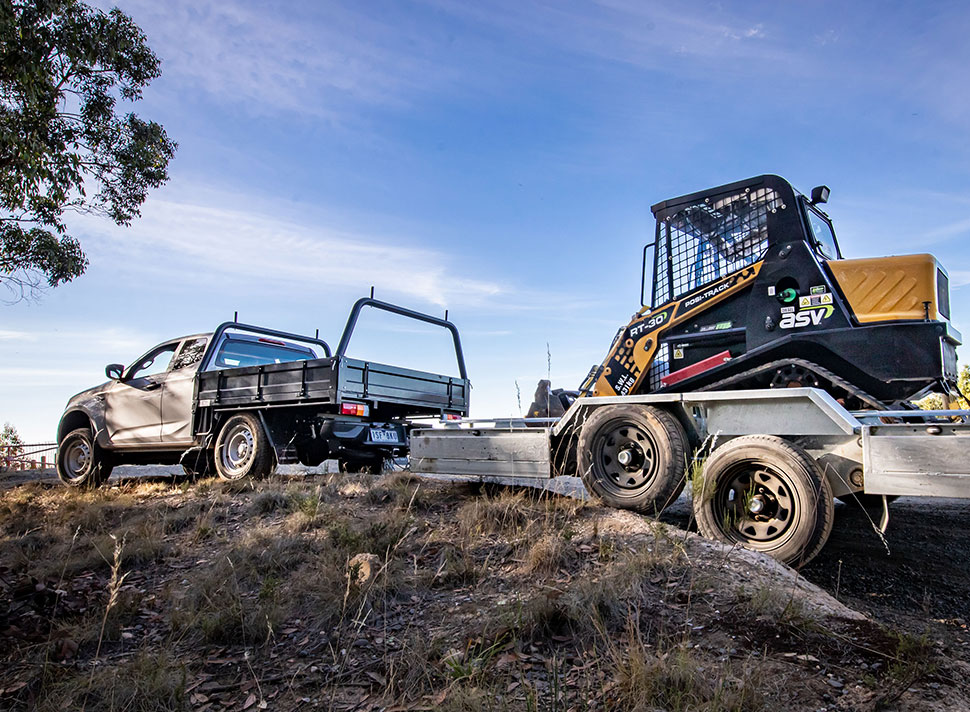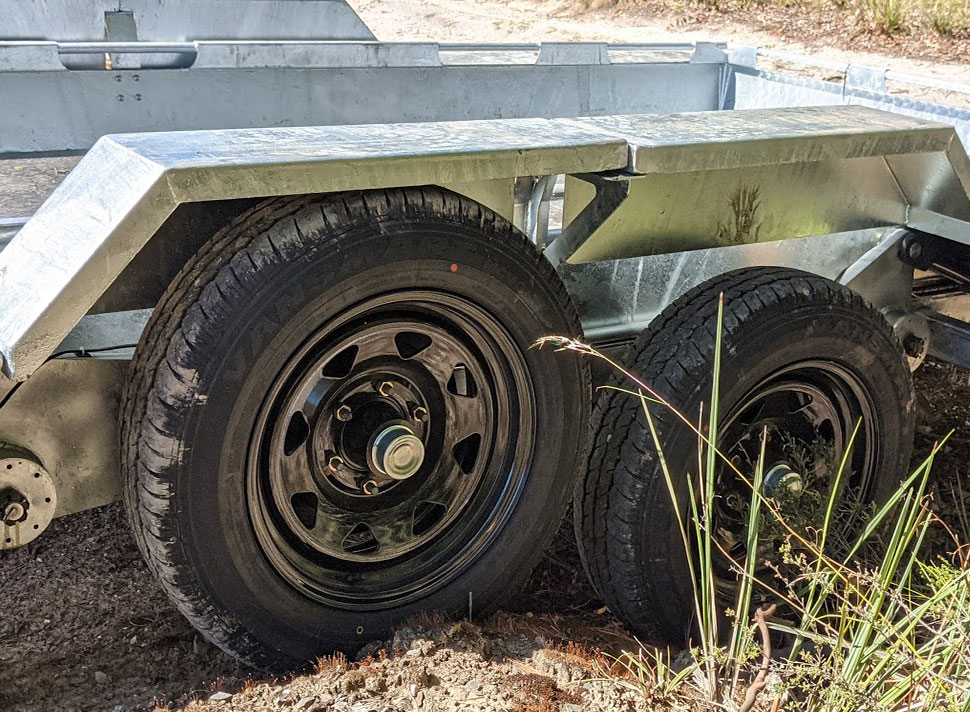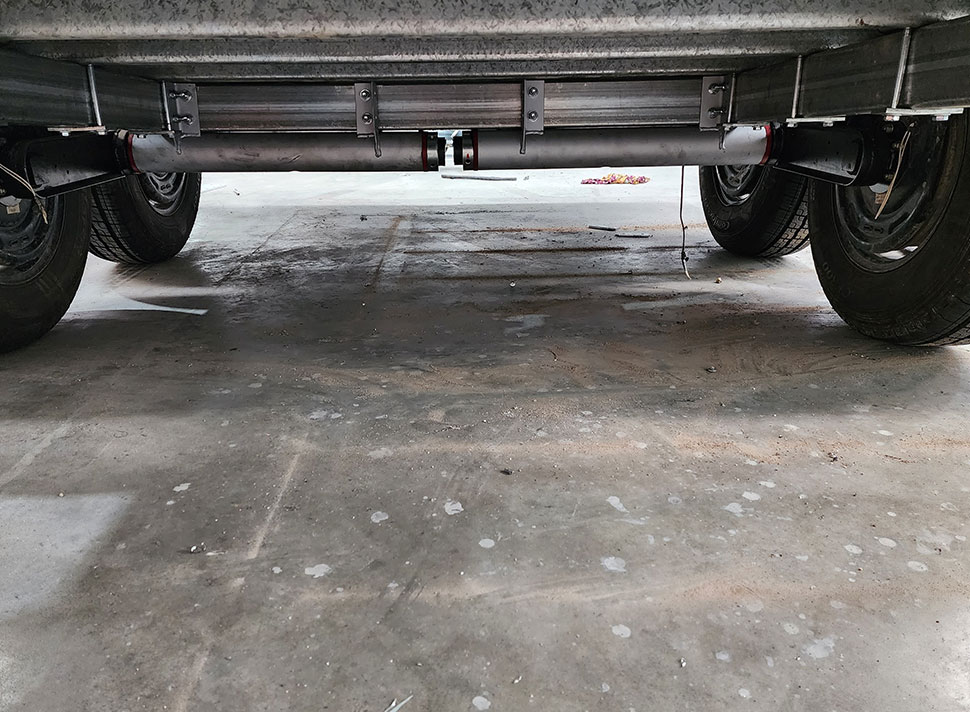Load Sharing: What It Is and Why It Matters on Tandem Trailers
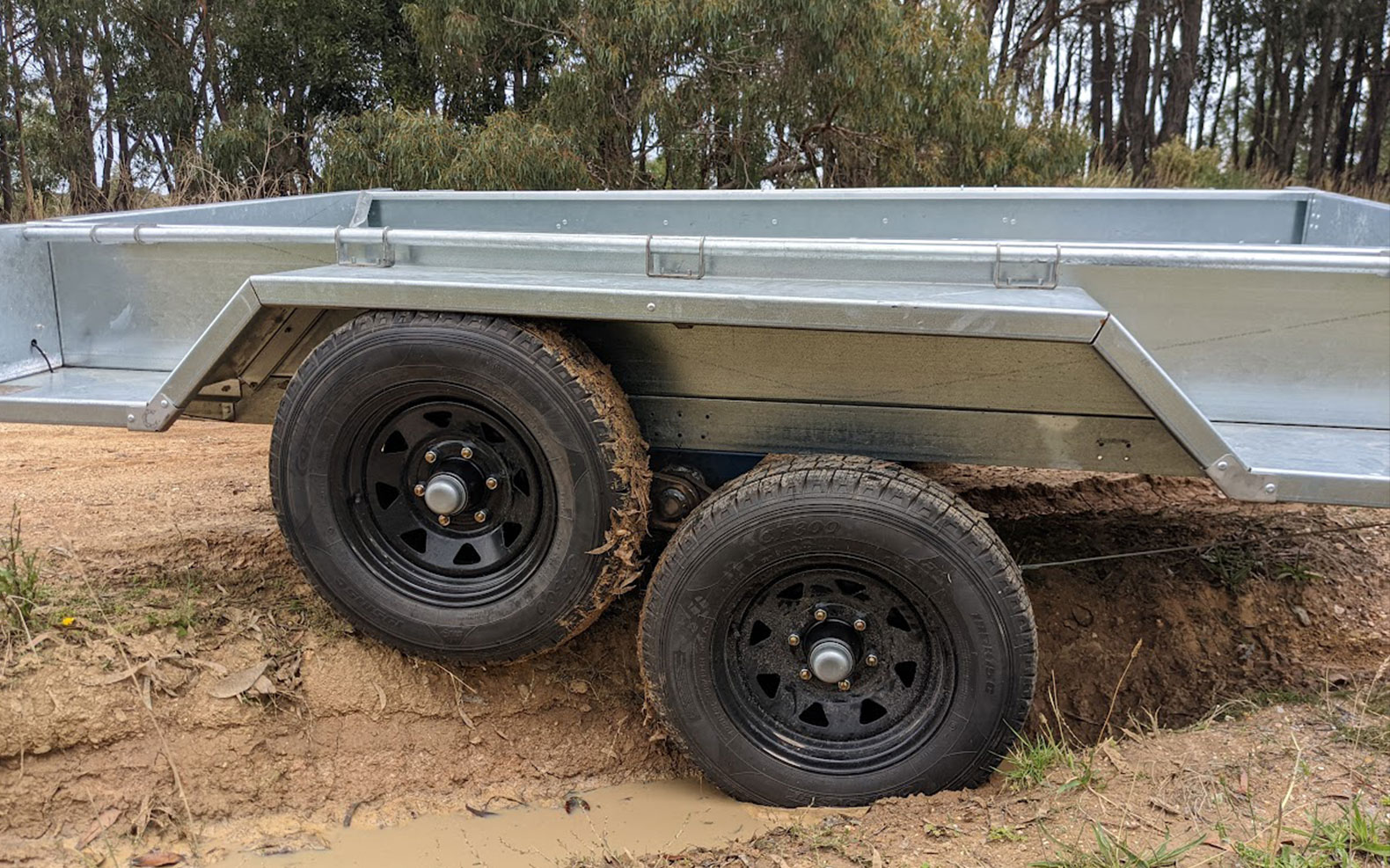
If you're in the market for a tandem trailer, whether it's for a horse float or an off-road caravan, there's one feature that you shouldn't overlook: load sharing.
Load sharing is a critical aspect of tandem trailer suspension systems that can significantly impact the ride quality, stability, and reliability of your trailer. Unfortunately, many people are unfamiliar with load sharing and why it's so important, leading to a surge in the popularity of independent trailer suspension systems that can actually harm the performance of your trailer.
So, what is load sharing? Simply put, a load sharing suspension system links the front and rear wheels in a way that ensures that each wheel bears the same amount of weight. In a tandem suspension system, this means that the front and rear wheels always carry half of the load each. In contrast, a non-load sharing trailer suspension system does not have the ability to distribute weight evenly between the wheels.
Instead, when one wheel encounters a bump, it experiences a higher load, which is transferred away from the remaining wheels. The worst case scenario is that the remaining wheel is lifted completely off the ground, leaving the wheel on the ground bearing the entire load of the trailer.
This excessive load can cause damage to the trailer's components, reducing their lifespan and requiring additional maintenance. In fact, in Australia, non-load sharing suspension systems must be derated when used in tandem or tri-axle trailers because of the increased risk of damage.
Load sharing not only affects the load experienced at the wheels but also the load transferred to the tow vehicle through the coupling, which can impact its comfort and stability. In a non-load sharing system, a wheel currently on a bump experiences a higher load, causing the trailer to tilt forward or backward depending on the axle affected. This produces a cyclical load on the drawbar and towbar, reducing comfort and destabilising the vehicle, as well as increasing the chance of fatigue failure. In contrast, a load sharing system will simply transfer some of the load to the other axle, maintaining a constant ball weight and minimising any cyclical load on the drawbar and towbar.
Moreover, non-load sharing suspension systems can also result in an increase in movement and vibration inside the trailer, as the forces of the bumps and uneven terrain are transferred to the trailer's chassis. Load sharing suspension systems can absorb some of this movement by transferring load back and forth between the axles, reducing the impact on the trailer's components and providing a more comfortable ride.
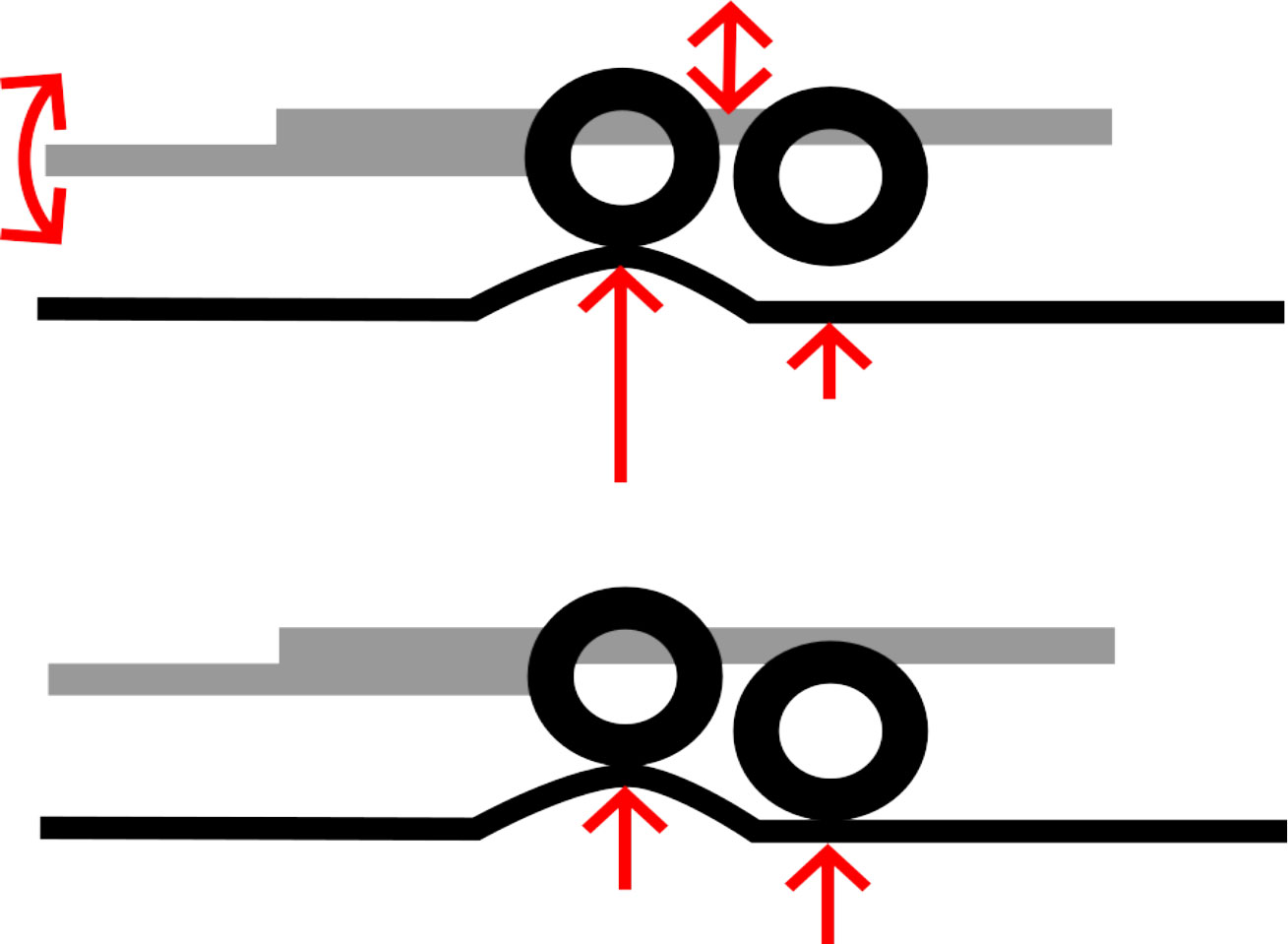
Therefore, we recommend that all tandem trailers are fitted with load sharing suspension systems, such as Carbon Equipment's in-house developed UniTor (which uses a mechanical linkage) or HydraDrop (which utilises a hydraulic connection). Both of these long-travel suspension systems are designed to be load sharing and can handle a variety of terrain and conditions, minimising any damage to your trailer's components and maximising your comfort on the road.
